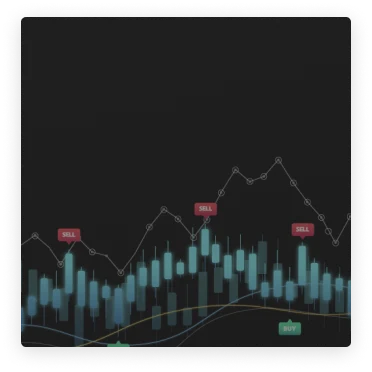All you wanted to know about crypto world

Posts not found
About Kyrrex
Kyrrex is a multifunctional professional platform for trading and storing cryptocurrencies
Tags
Categories
Loading ...
© 2018 - 2024 All rights reserved
